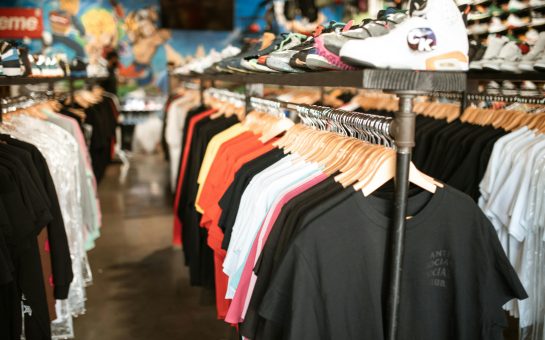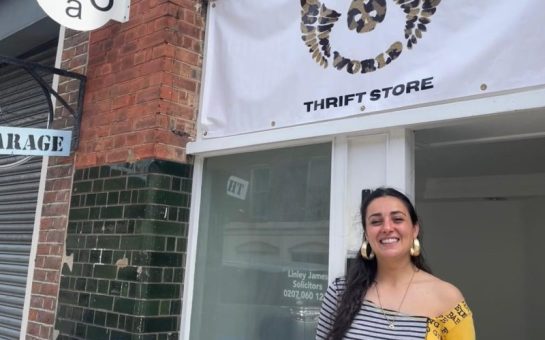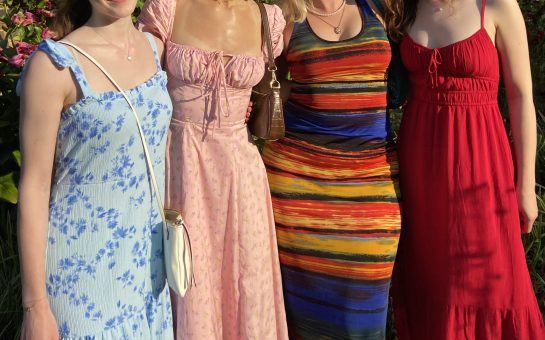Rachel Hunter looks at the ethics around wearing and using fur

In the attic room of my parents’ house is a trunk full of my grandmother’s old clothes.
Inside lies the glamour of the 50s: gold peep-toe shoes, cocktail dresses and a fox-fur coat.
When vintage styles came back into fashion and second-hand steals were suddenly all the rage, I dug out the trunk and had a grand old time trying the lot on.
Yet somehow I couldn’t quite bring myself to wear the fur coat. Whether it was the feel of it, or the slightly odd smell, I’ve just never been attracted to fur.
The vintage trend seems here to stay however, and part of fashion’s current love affair with the glamour of years gone by is the return to the catwalk of fox, sable and mink.
Some celebrities, like Jennifer Lopez and Beyonce Knowles, have always loved fur and worn it despite its controversial image. Yet in the last few years more and more famous faces have been pictured in fur, including trendsetter Kate Moss, Sienna Miller and Rihanna.
Even model Naomi Campbell, who once posed for the famous People For Ethical Treatment of Animals (PETA) anti-fur campaign, saying she’d rather go naked than wear fur, has been sporting sable of late for luxury New York furrier Dennis Basso.
Designers such as Jean Paul Gaultier, Giorgio Armani and Karl Lagerfeld have all used fur on the catwalk and fake cut-price copies are swamping the high street.
British Fur Trade Association spokeswoman Andrea Martin says fur sales are strong and have enjoyed significant growth since the end of the 1990s.
She said: “It is clear from the abundance of fur on the catwalk and increasing sales worldwide that fur is an integral part of fashion and that more and more consumers are choosing to wear it.”
So when did the wearing of fur go from being taboo to being bang on trend?
A spokesman for the Coalition to Abolish Fur Trade (CAFT) said: “Although there seems to be more fur on the catwalks and in fashion generally, this is due to the fur industry’s success in persuading, and in many cases bribing, designers to use fur.”
Whether there is any truth to this, it is certainly true to say that the use of fur seems limited to catwalks and designer outlets.
Most shops on the high street, including Topshop, H&M and House of Fraser, have fur-free policies. They copy catwalk trends using fake fur but avoid the real thing on the basis of ethics, if not on cost.
Topshop says it has a long-standing relationship with PETA and is committed to not selling any items made of real fur.
CAFT says that those who continue to sell fur will face consumer boycotts and protests until they stop.
Their spokesman added: “Faced with the horrific reality of fur production, the vast majority of people are easily convinced not to wear fur.”
When I asked 20 Wimbledon shoppers if they would ever wear fur, only one said yes, and most of those who said no had strong feelings on the subject.
Wimbledon resident Ashleigh McCloud said: “I’ve seen TV programmes where they’ve shown people skinning an animal alive, which really freaked me out. I’d never wear real fur – it’s wrong because you have to kill the animal and I think fake fur looks the same anyway.
Monique Anderson, who also lives in Wimbledon, agreed. She said: “I don’t agree with killing animals. These days there are other ways to keep warm. People who live in really cold countries might have a right to wear fur but not in a city like London.”
However, Mark McGough, creator and producer of Wimbledon Fashion Week, thinks that with more regulation, fur could become even more established in the fashion industry.
He said: “Fur is great. It keeps you warm, looks elegant and gives fashion designers an exciting material to play with. It’s a shame there’s so much animal cruelty associated with it and it definitely needs more regulation. I’m sure in the future, when there are stricter regulations and less guilt in the air, there will be an explosion in the use of fur in contemporary fashion.”
The catwalk and the high street seem divided on this issue, and despite some designers and celebs flying the flag for fur, I don’t think things will change any time soon.
However, the high street has ethical questions of its own to answer. Retailers such as Primark and New Look faced new claims this month from charity War on Want that they use sweatshop labour.
Reports claimed that workers stitching clothes for the UK high street earn so little they cannot afford to eat.
Whether you are for or against fur, it is clear we need to examine the morals of the fashion industry a little more closely. It is not just animals who may be suffering for fashion, but human beings too.




